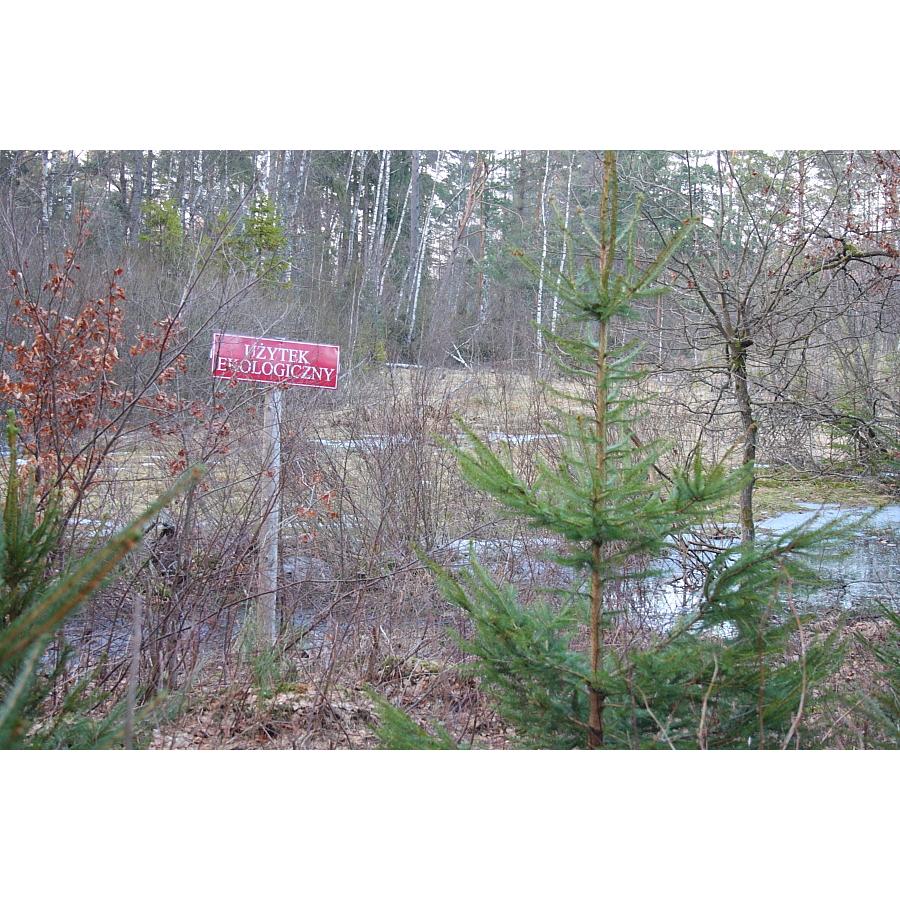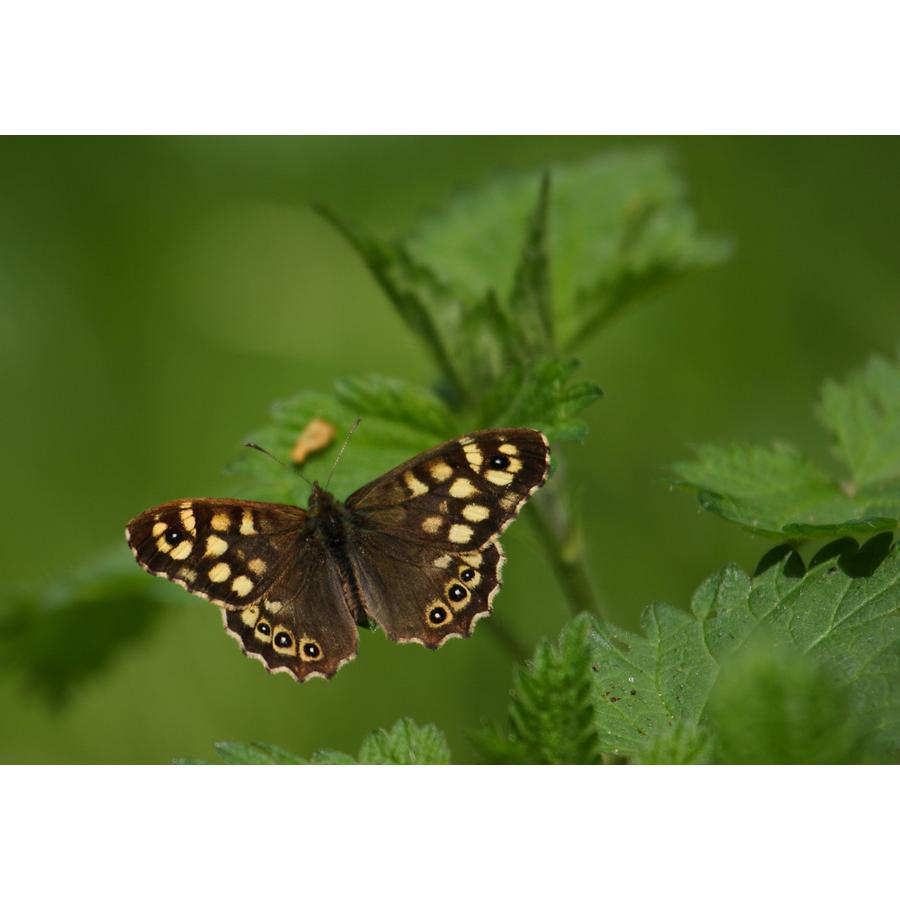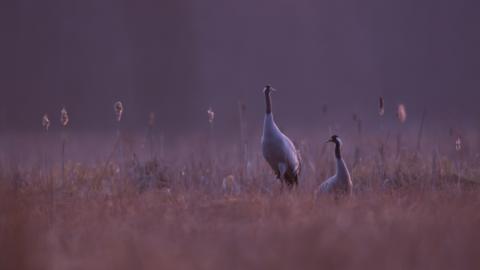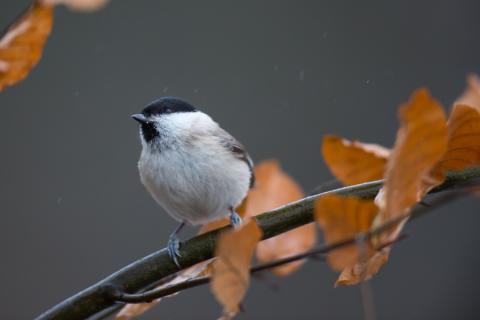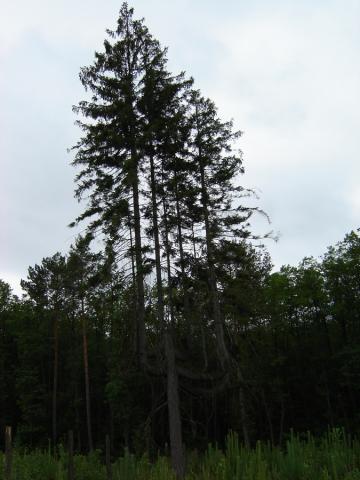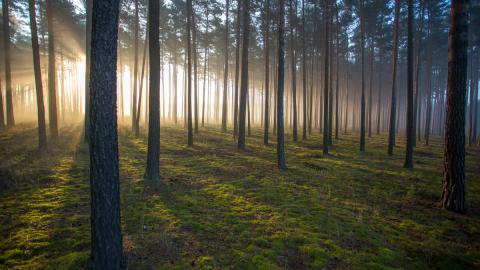The report of the UN General Secretary from 1969 on the State of the Environment was the decisive factor regarding global conservation of nature. It initiated actions aimed at worldwide protection of nature. In 1972. UN agency was founded - UNEP (United Nations Environment Programme). Its task is to coordinate activities in the field of nature protection and monitoring of the environment across the world.
Around the world nature protection takes a variety of legal forms. There are also global legal acts governing protection of nature. One of such documents is World Charter for Nature created in 1982 and adopted by the United Nations.
Over the years, a number of international organizations dealing with nature conservation on a global scale and implementing the international legal foundations have been founded. They include:
- The International Union for Conservation of Nature. Founded in 1948. Deals with the protection of endangered animal and plant species, landscape protection, legal and administrative issues of environmental protection and environmental education. The organization publishes the "Red Book" of species of plants and animals threatened with extinction;
- World Wide Fund for Nature - has existed since 1961. It aims at protecting the environment and ecological processes, particularly in forests, rivers, lakes and oceans;
- World Health Organization - deals with the issue of human health in the light of changes in the environment;
- Food and Agriculture Organization
- United Nations Educational, Scientific and Cultural Organization - funds research programmes relating to the environment and its protection.
In Europe steps are also taken to protect wildlife across the continent. The legal bases for the protection of nature are provided by the European Habitats Directive on the conservation of natural habitats and endangered species of flora and fauna - Directive 92/43 / EEC, 21 May 1992.
Another European legislation referring to nature conservation is the Birds Directive - Directive 2009/147 / EC, 30 November 2009. It constitutes the consolidated version of the earlier EC Directive 79/409 / EEC of 2 April 1979 - Directive on the Conservation of the Wild Birds.
Both acts - the Habitats Directive and the Birds Directive are the basis for determining the habitats important on a European scale that constitute the ecological network NATURA 2000. Natura 2000 network includes more than 26,400 sites, covering more than 318.000 km² of sea and more than 788.000 km² of land, which represent 18% of the European Union.
The countries of the European Community presented a proposal to create a European Ecological Network - ECONET taking steps to integrate cooperation regarding nature protection. ECONET is a network of areas whose values constitute the natural heritage of Europe; These areas are linked spatially and functionally and are subject to a variety of mutually complementary forms of protection.
The basic legal act governing the principles and forms of nature conservation in Poland is the Act from 16 April 2004 on the Protection of Nature (Journal of Laws 2004 No. 92, item. 880). It defines both a form of nature conservation as well as the detailed rules for their use. Executive acts of the law are the regulations:
· 9 October 2014. On the protection of species of fungi (Journal of Laws 2014, item 1408);
· 9 October 2014. On the protection of plant species (Journal of Laws 2014, item 1409);
· 6 October 2014. On the protection of animal species (Journal of Laws 2014, item 1348);
· 13 April 2010. On habitats and species being an interest to the Community, as well as criteria for the selection of areas eligible for recognition or designation as Natura 2000 sites (Journal of Laws No. 77 item 510 with amendments);
· 12 January 2011. On areas of special protection of birds (Journal of Laws 4 February 2011.);
· 30 March 2012. Amending ordinance on special protection areas (Journal of Laws 2012, Item 358).
· 13 April 2010. On habitats and species being an interest to the Community as well as criteria for the selection of areas eligible for recognition or designation as Natura 2000 sites (Journal of Laws No. 77 item 510).
Moreover, provisions on environmental protection can be found in the following acts:
· Law on Forests (1991);
· Environmental Protection Act (2001);
· Hunting Law (2002);
· Act amending certain acts in relation to strengthening landscape protection tools (dated April 24, 2015);
Acts on the National Forests relating to wildlife protection:
· National Environmental Policy for the years 2009 - 2012 with a prospect of the year 2016 (2009);
· Polish policy of comprehensive forest resources protection (1994);
· Strategy for the protection of forest biodiversity (1995);
· National Forest Policy (1997);
Podobne artykuły
Najnowsze artykuły
Aktualności
Blok kalendarz

Latest news
Contact us
Nadleśnictwo Sława Śląska
ul. Niewidziajły 1A
67-410 Sława
tel. +48 68 356 62 29
fax. +48 68 356 62 29

